What do EBITDA and EBITDA margin of a company mean to an investor?
Ignoring tax and interest expenditures allows analysts and investors to see the operational success of a company, and as depreciation and amortisation are non-cash expenses, EBITDA also gives information about estimated cash production and operations that are managed for capital investments.
)
With companies reporting their December 2023 quarter results, investors and analysts are tracking firms' performance and eyeing the best stock to invest in. Several metrics help investors comprehend a company's financials, one of them being earnings before interest, tax, depreciation, and amortisation, or as they call it in the market language, EBITDA.
Why should investors know about EBITDA?
EBITDA is sometimes reported in quarterly earnings press releases and is frequently cited by financial analysts and investors. It helps in analysing a company's operating profitability, which is the money left after paying all business costs but before paying tax.
Ignoring tax and interest expenditures allows analysts and investors to see the operational success of a company, and as depreciation and amortisation are non-cash expenses, EBITDA also gives information about estimated cash production and operations that are managed for capital investments.
Generally, higher EBITDA indicates stronger profitability. Comparing EBITDA with the company's peers and historical performance is essential for a meaningful assessment.
Conversely, a decrease in EBITDA may indicate low profitability and cash flow problems.
How to calculate EBITDA?
EBITDA is calculated by adding interest expenses, taxes, depreciation, and amortisation to net income.
Every company's financial statement includes earnings (net income), taxes, and interest, whereas depreciation and amortisation statistics are typically found in the notes to operating profit or on the cash flow statement.
The formula for EBITDA:
Revenue – expenses (excluding tax, interest, depreciation, and amortisation)= EBITDA
What is the EBITDA margin?
The EBITDA margin is an accounting tool for calculating a company's more realistic profit picture. EBITDA margin is calculated by dividing EBITDA by total revenue.
EBITDA margin = EBITDA/Total Revenue
The EBITDA margin indicates how much operating expenses reduce a company's gross profit. Finally, the bigger the EBITDA margin, the less risky a company is viewed financially.
Catch the latest stock market updates here. For all other news related to business, politics, tech and auto, visit Zeebiz.com.
Get Latest Business News, Stock Market Updates and Videos; Check your tax outgo through Income Tax Calculator and save money through our Personal Finance coverage. Check Business Breaking News Live on Zee Business Twitter and Facebook. Subscribe on YouTube.
RECOMMENDED STORIES

Highest FD Rates: This is what banks like SBI, BoB, PNB, Canara Bank, ICICI Bank and HDFC Bank are providing on Rs 2 lakh investment
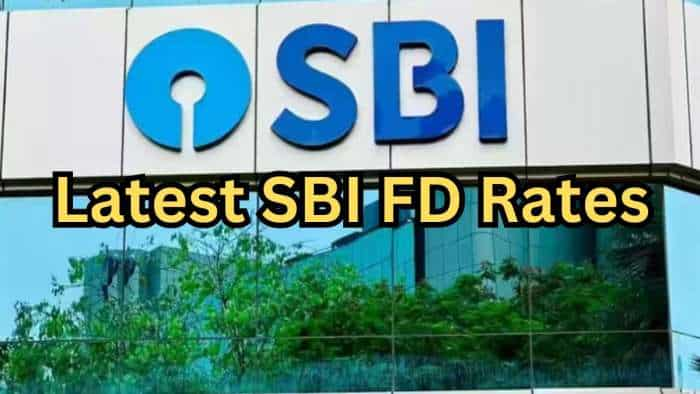
Latest SBI FD Rates: What will you get on Rs 5 lakh investment in SBI Amrit Vrishti, 1,3, and 5-year fixed deposits

Retirement Planning: How Rs 8,00,000 one-time investment can create Rs 2,40,00,000 retirement corpus? See calculations to know
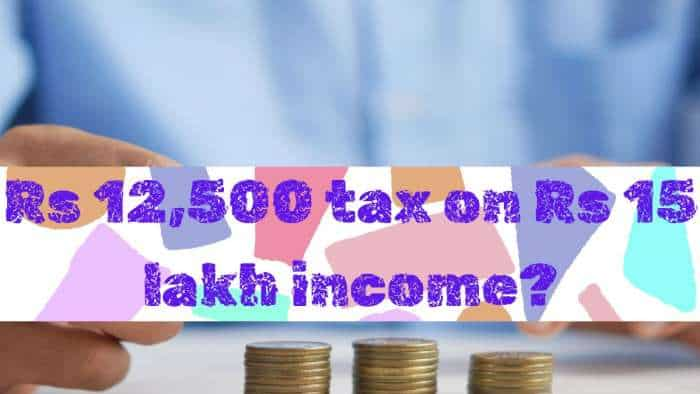
Revised New Tax Slabs: Rs 12,500 tax on Rs 15 lakh Income? How you may need to pay just that on Rs 12.75 lakh annual salary and Rs 2.25 lakh capital gains

Cheque Bounce Cases: Court imposes fine of Rs 3,03,000 and Rs 1,02,000 on two individuals; check out full details
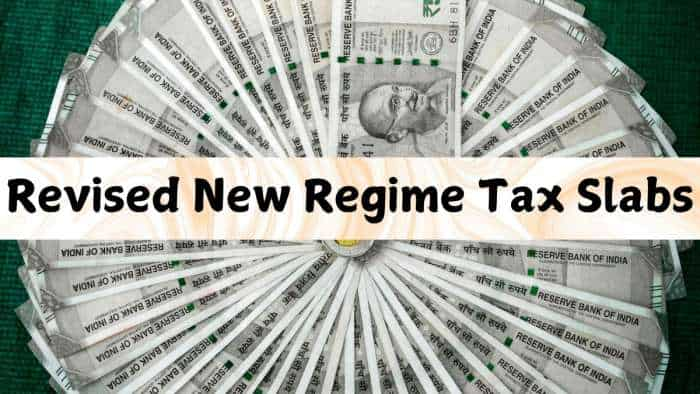
Revised Tax Slabs: Annual Income Rs 12,75,001? Will you be taxed on Re 1 or Rs 12,75,001? Know what CAs say

Rs 500 Daily SIP vs Rs 15,000 Monthly SIP: Which can give higher returns in 10, 20, and 30 years? See details

Retirement Planning through NPS: Want Rs 2,00,000 monthly pension from Rs 5,000 starting monthly contribution? Know how it can be achieved
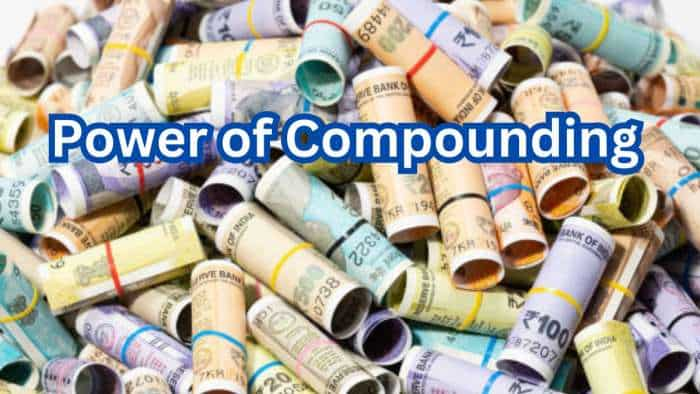
Power of Compounding: How soon can you build Rs 1.5 crore corpus with monthly investments of Rs 1,500, Rs 2,500, and Rs 3,500?

Power of Rs 9,000 SIP: How can you generate Rs 10 crore corpus with just Rs 9,000 monthly investment?

20 Stocks to Buy for Long Term: Brokerages recommend largecap, midcap, smallcap scrips; note down targets
08:42 PM IST






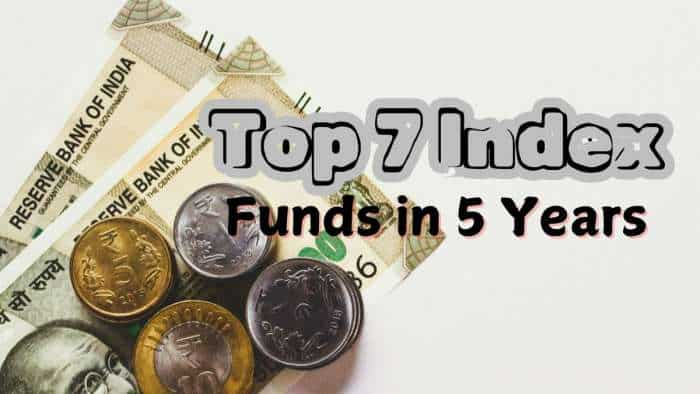


 M&M Finance's June disbursement rises 3%; what should investors do?
M&M Finance's June disbursement rises 3%; what should investors do? Mahindra, Tata Motors receive record patent approvals in FY24
Mahindra, Tata Motors receive record patent approvals in FY24 Mahindra & Mahindra Q2 Results: Net profit at Rs 3,452 crore, beats Street expectations
Mahindra & Mahindra Q2 Results: Net profit at Rs 3,452 crore, beats Street expectations M&M launches 7 Mahindra OJA tractors for domestic market
M&M launches 7 Mahindra OJA tractors for domestic market  Mahindra & Mahindra Q1 Results: Net profit jumps 60% YoY to Rs 3,508 crore
Mahindra & Mahindra Q1 Results: Net profit jumps 60% YoY to Rs 3,508 crore